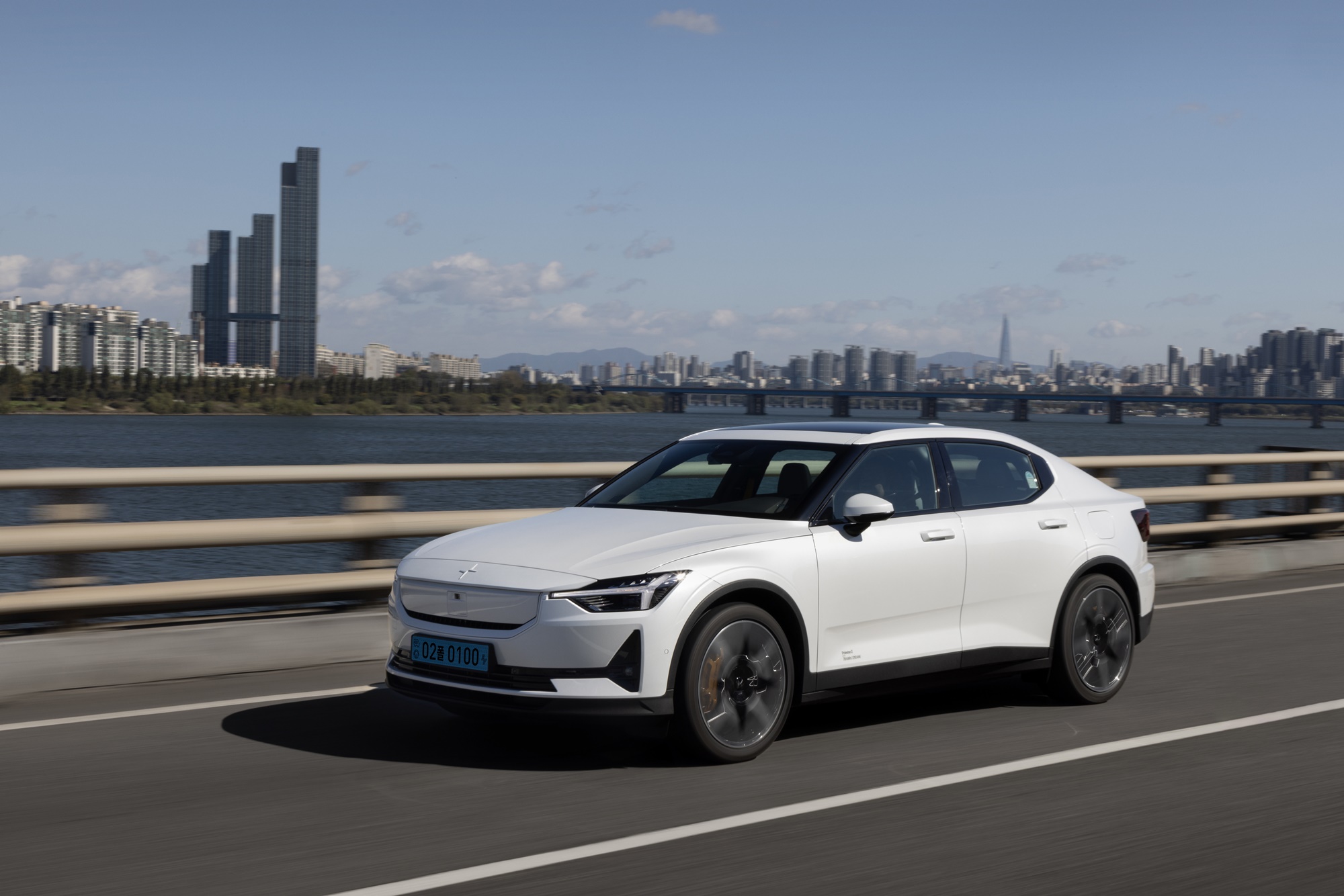
The Polestar 2 has been revamped for the 2024 model year. The changed appearance catches the eye first, with a redesigned grille that is referred to as the Smart Zone. This is an explanation that visualizes the hidden technologies.
What’s astonishing is the change in the driving system. The single motor, which previously drove the front wheels, has switched to rear-wheel drive. Such a significant change is difficult to achieve even in a full model change, yet Polestar manages to implement it effortlessly in a refresh model. It’s quite impressive.
This transformation is possible only because it is an electric vehicle; with an engine, it would be unthinkable. The driving motor can be simply relocated from the front to the rear. It’s not particularly tough. Its significance lies in breaking the conventional thinking rooted in traditional internal combustion engines, showcasing the vast potential for change in electric vehicles.

I drove the Polestar 2 to truly feel the changes. While riding a single motor would give a better impression of the updates, unfortunately, the test vehicle was a dual motor, all-wheel drive version. In electric vehicles, the equation ‘dual motor = all-wheel drive = high performance’ holds true. It boasts 421 horsepower, an increase of 13 horsepower compared to before.
With a curb weight of 2,108kg, that translates to a weight of 5kg per horsepower. This power-to-weight ratio is comparable to that of a high-performance sports car. Stepping heavily on the accelerator sends you back in your seat, or you can feel the seat pushing you forward. This car certainly delivers power. According to the manufacturer, it reaches 100 km/h in 4.5 seconds. That’s 0.2 seconds faster than the previous model.
The driving range on a single charge has also increased by 45 km to 379 km. The winter driving range improved from 251 km to 286 km, a boost of 35 km. This indicates a significant enhancement in efficiency. Even though it’s all-wheel drive, it doesn’t always engage all wheels. In normal driving, the motor linked to the front wheels rests, driving only the rear motor and operating as rear-wheel drive. This is a response to improve efficiency.
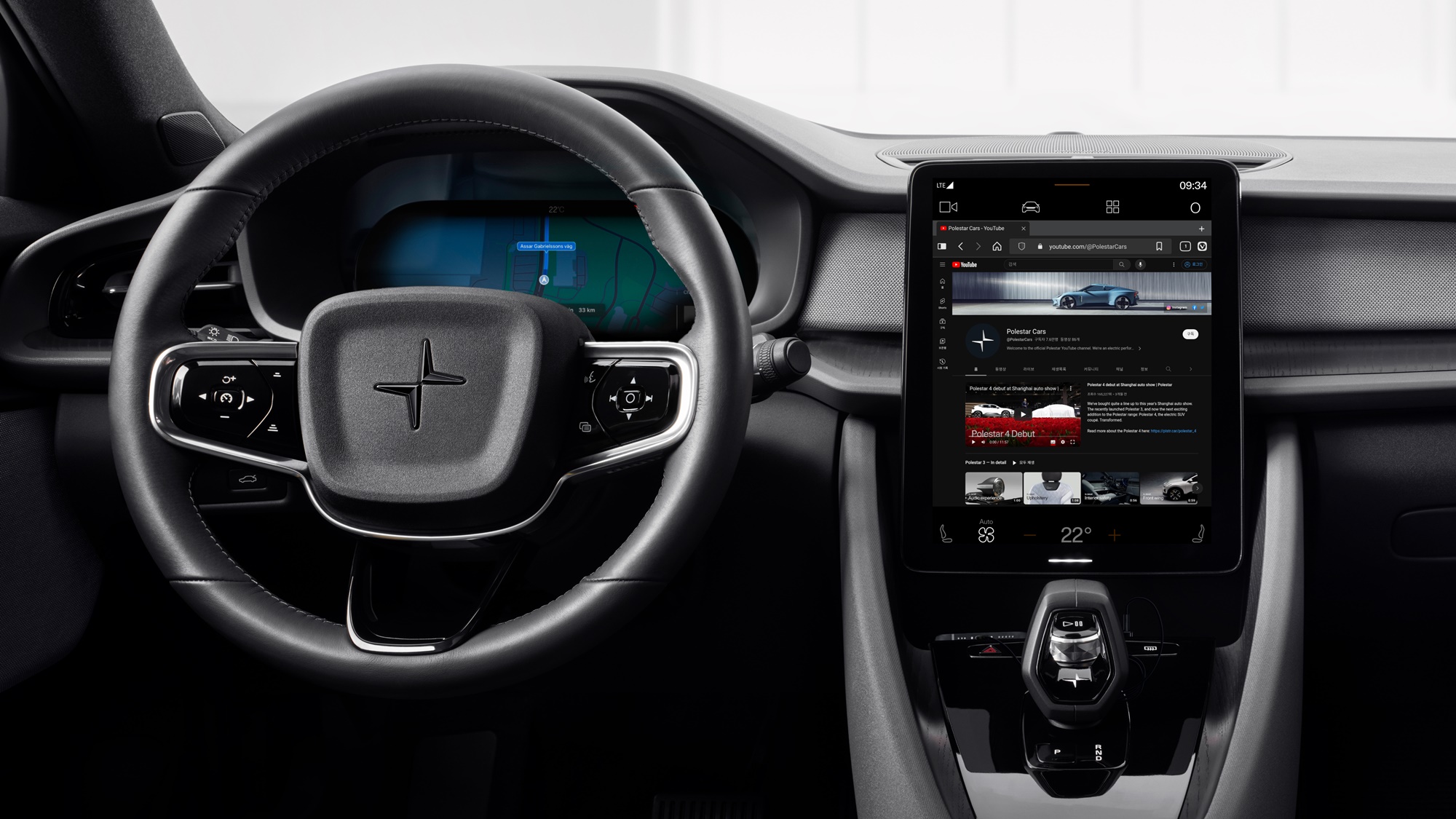
The minimalistic design is functional as well. There is no start button. The roaring engine sound from pressing such a button has long disappeared. When you step on the brake, the instrument panel lights up to indicate the car is ready to move. If one had to categorize it, the brake doubles as the start button.
In traditional vehicles, front-wheel drive leads to understeer and rear-wheel drive tends to cause oversteer, but this doesn’t hold for electric cars. The heavy battery is positioned within all four wheels. This results in a midship structure that provides the most stable movement. This is one of the key reasons behind the stable driving characteristics of electric cars.
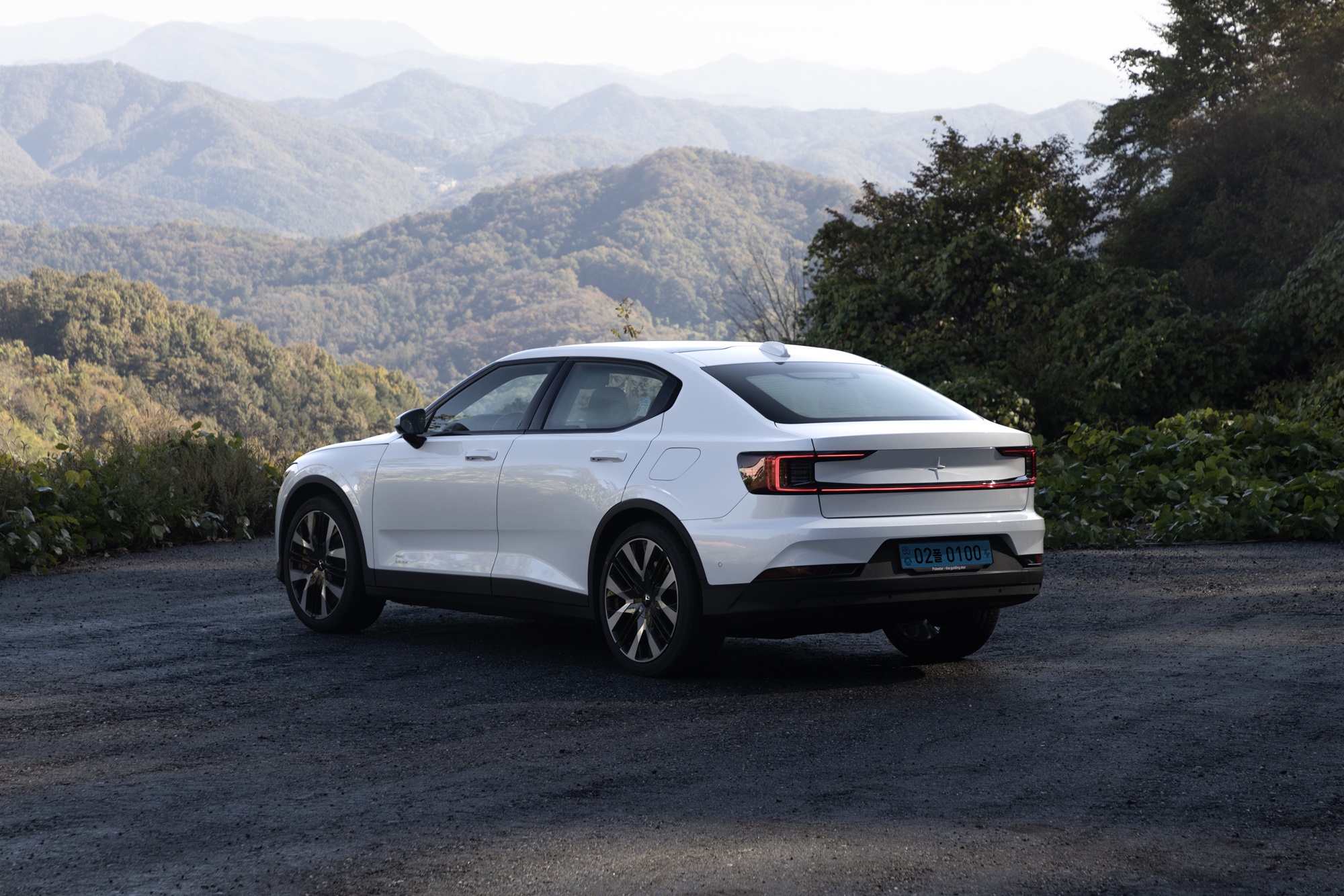
The steering characteristics of electric cars, which bear heavy batteries in a midship layout, generally display a neutral response, irrespective of the drive system. The limits of speed are high, and different steering characteristics emerge once exceeding those limits. However, ideal steering at the limit is not typically desirable. Nonetheless, what stands out is the fact that electric vehicles exhibit superior driving stability and steering characteristics compared to internal combustion cars with heavy engines up front, and the Polestar 2 is no exception.
It was quiet. Occasionally, a rough road surface would cause a crackling noise to intrude, which is somewhat paradoxical. Because it’s quiet, any noise becomes more pronounced. The sound of the wind is similar. At higher speeds, the only sound you hear is the wind. As speed increases, the sound grows, yet within the everyday driving speed of around 100 km/h, it’s not overly distracting.
The driver has little to do. Steering, accelerating, and decelerating are all there is. There’s no transmission and no paddles. You don’t have to switch to sport or eco mode. While it’s possible to adjust the strength of one-pedal driving via touch screen, the hassle of navigating menus makes one less likely to attempt it. If it were through a shift lever or paddles, it would make for a better driving experience, but using the touchscreen to operate the vehicle distracts from the joy of driving.

For those who relish dynamic driving and the tactile feel of manipulation, it may be a dull car. Conversely, it can be a delightful partner for those who appreciate calm and comfortable driving. Just put on your favorite music and enjoy the scenery outside the window while cruising comfortably.
The T-map infotainment system is among the most important features of the Polestar 2. Utilizing the intelligent traffic systems (C-ITS) of Seoul City, it supports enhanced EV-specific solutions, such as real-time traffic signals, navigation guidance, and charging station alerts based on driving battery levels.
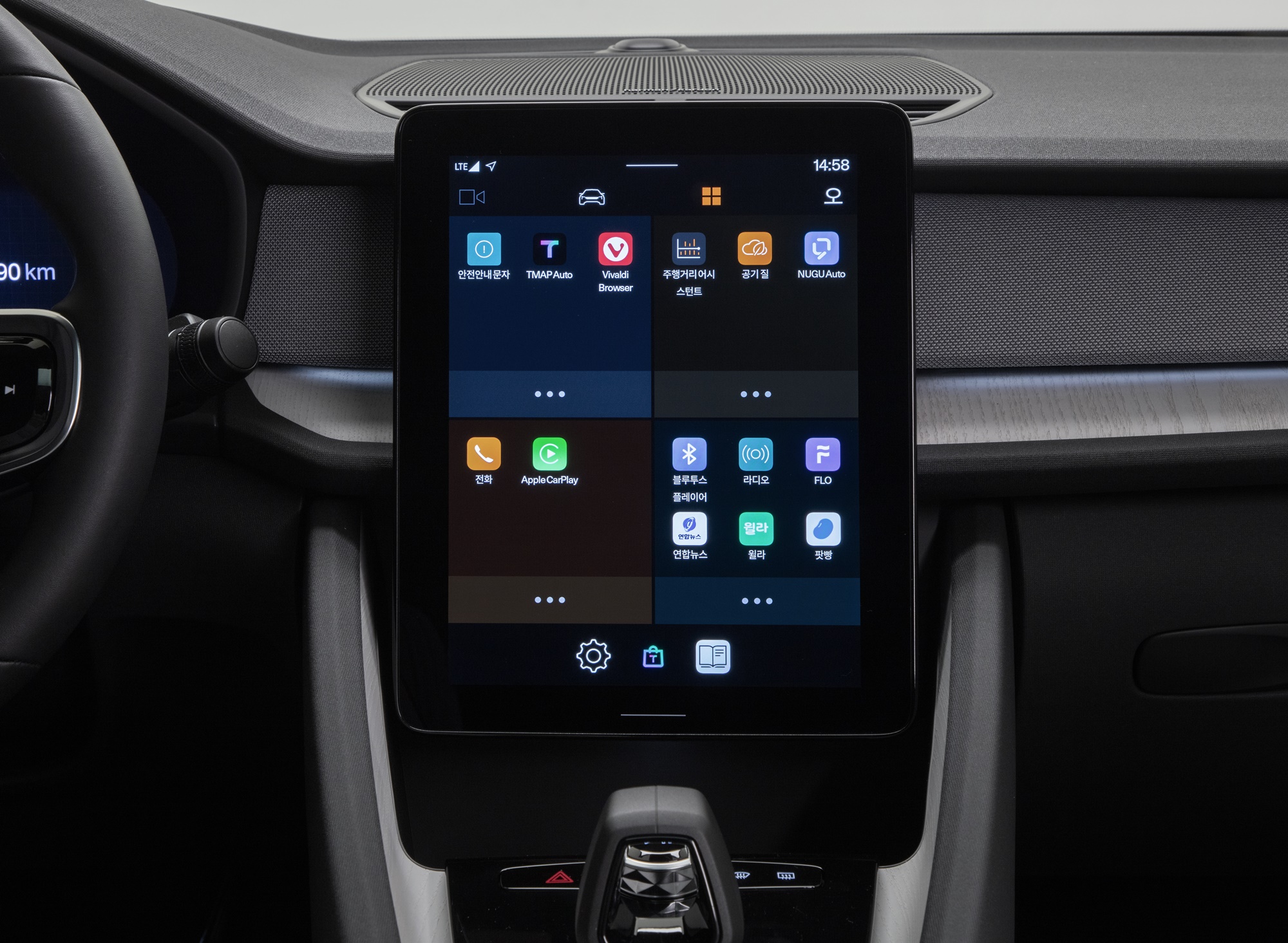
The voice-activated AI platform NUGU 2.0 can resolve most issues. You can navigate to destinations, listen to music, tune into the radio, or manage the indoor temperature using voice commands. While its current capabilities are impressive, even more features will be available through over-the-air (OTA) wireless software updates in the future. Imagine waking up one morning to discover upgrades from overnight; experiencing new functionalities in a car you’ve owned for years is exhilarating.
Web browsing and video streaming are possible as well as access to the T-map store. Plans are underway to introduce video streaming service Wavve and in-car payment systems by the end of the year.
It’s fantastic that even existing Polestar customers receive the same OTA services. They can experience the thrill of new features even years after purchasing the vehicle—this is another compelling reason to choose Polestar.
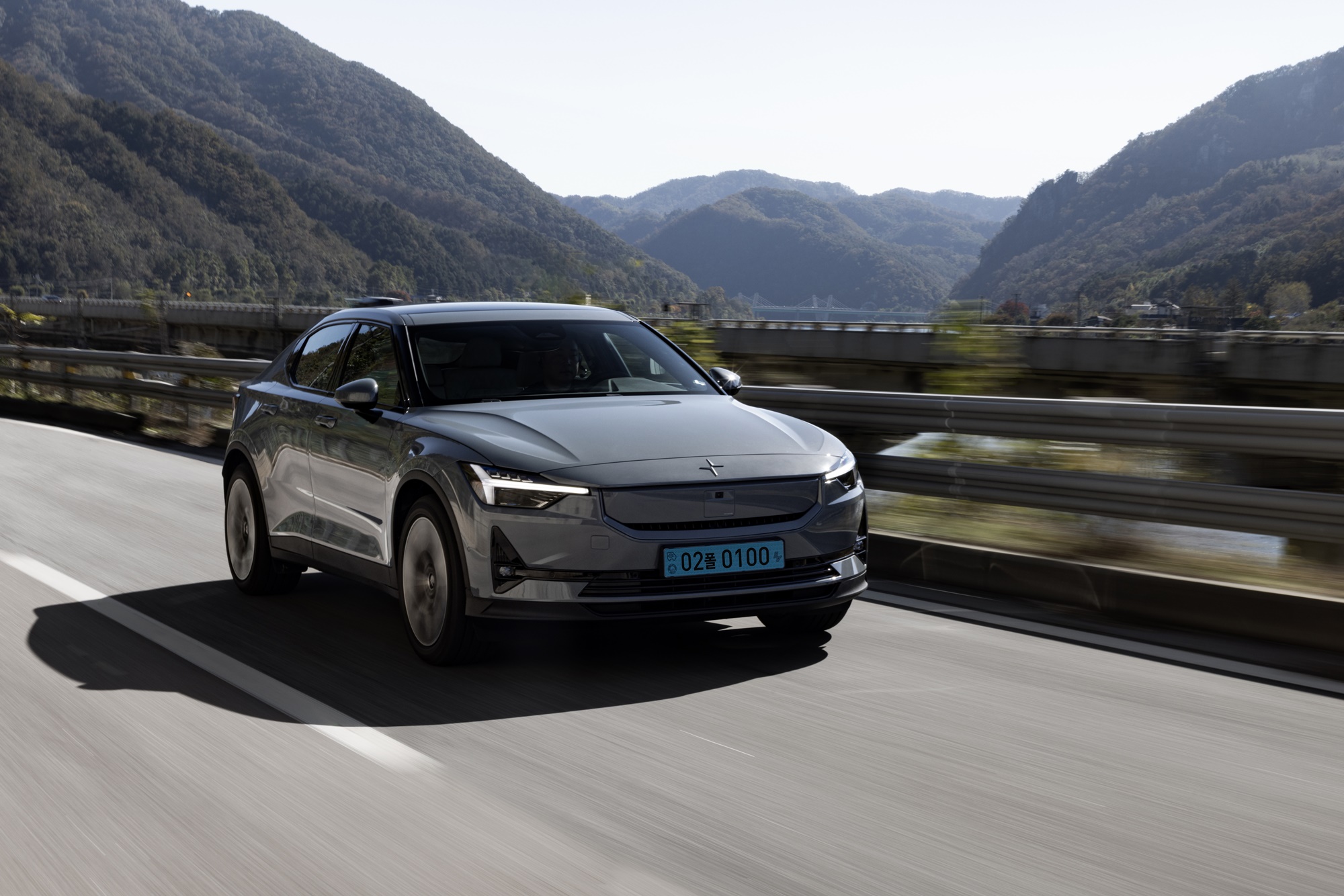
The driving assistance system demonstrated a high level of completeness. When you set the speed to 100 km/h on the highway and lightly grip the steering wheel, the car autonomously follows the lane. It maintained the distance from other cars and stayed centered in its lane without crossing or touching lane markings. It’s noteworthy that driving assistance systems aid drivers and contribute to safety by reducing accident risks.
The price of the upgraded Polestar 2 Long Range single motor is 55.9 million won, and the dual motor version is 60.9 million won. With subsidies, the prices decrease significantly. As efficiency improves, the purchase subsidy for electric vehicles also increases: 5 million won for the single motor (up from 4.88 million won) and 2.25 million won for the dual motor (up from 2.01 million won).
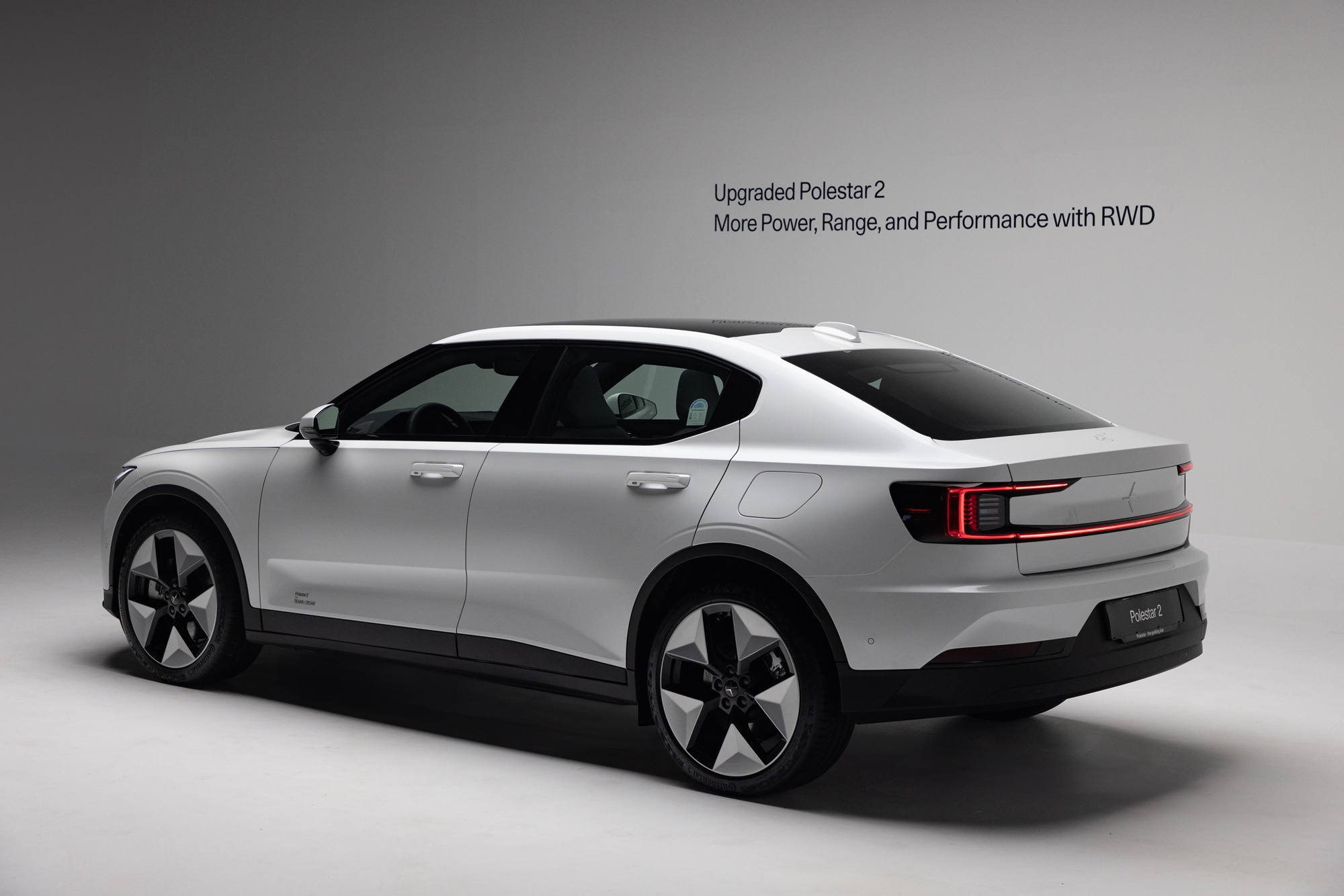
Polestar provides a standard warranty for regular parts covering 5 years or 100,000 km and an 8-year or 160,000 km warranty for the high-voltage battery. They also offer pick-up and delivery services for warranty repairs, with 5 years of LTE data use and 1 year of FLO music app services included.
No need to wander around showrooms. Polestar sells 100% online. Just a few clicks on their website and your order is complete.
Direct insights from Oh Jong-hun
The driver has almost nothing to do. There’s not even a need to press a start button. For those who enjoy dynamic driving and the thrill of manipulation, it may become dull due to the lack of engagement.
The center tunnel in the rear seat rises quite high, limiting some space. This is because it is not designed on an electric vehicle platform. The panoramic glass roof lacks a sunshade, which could become quite hot on sunny days. While the minimal structure is appealing, having a cover for the sunroof would be preferable.
Oh Jong-hun yes@autodiary.kr

